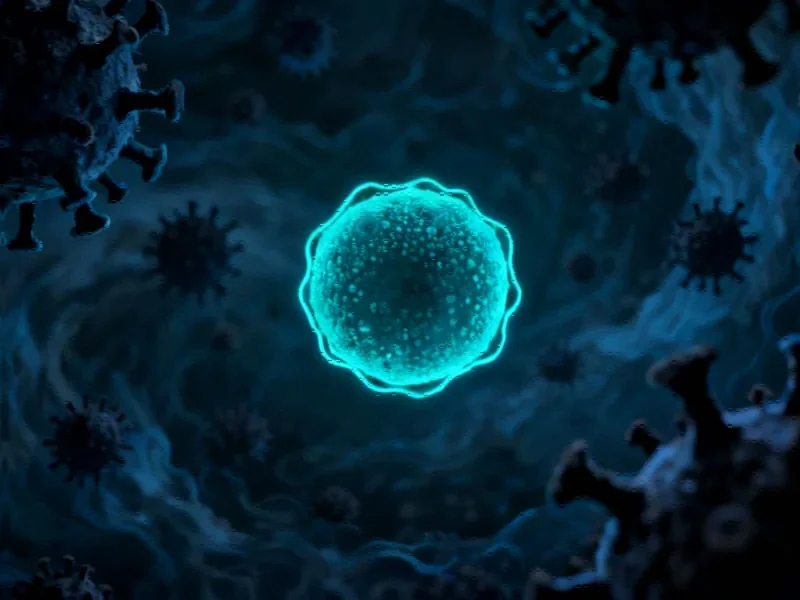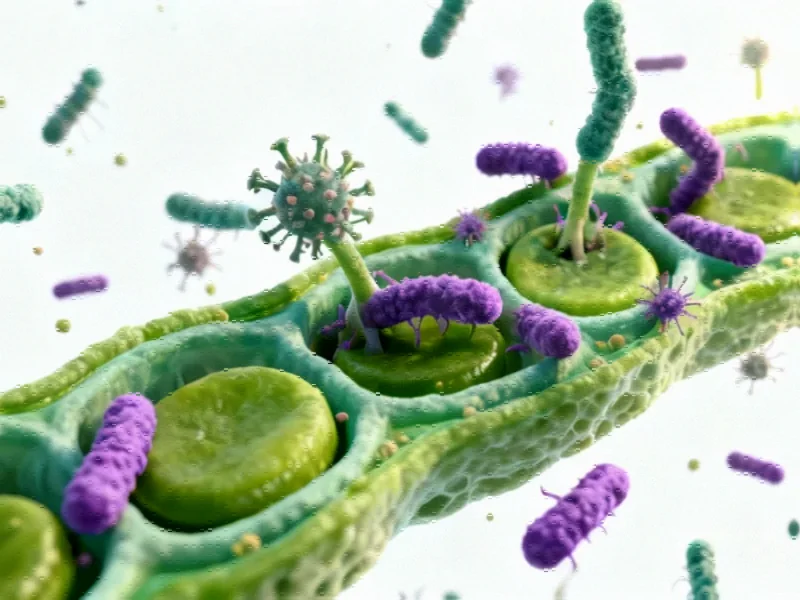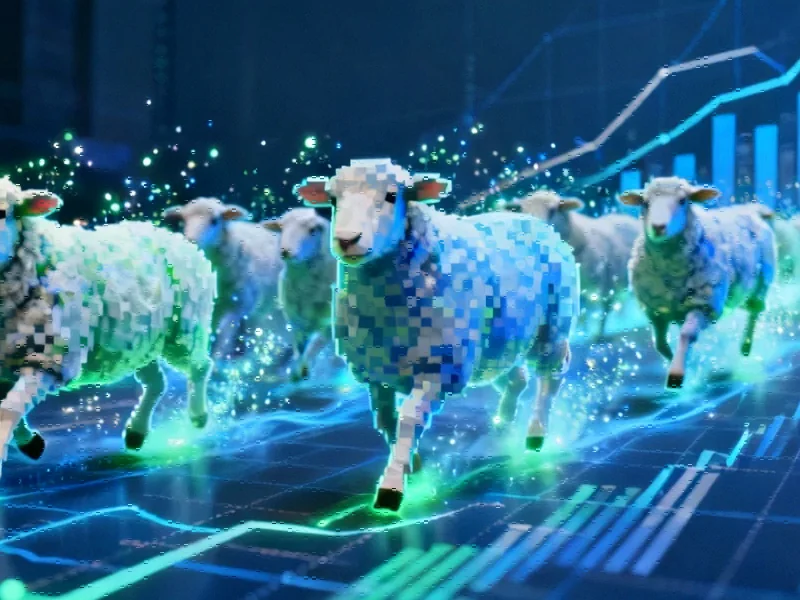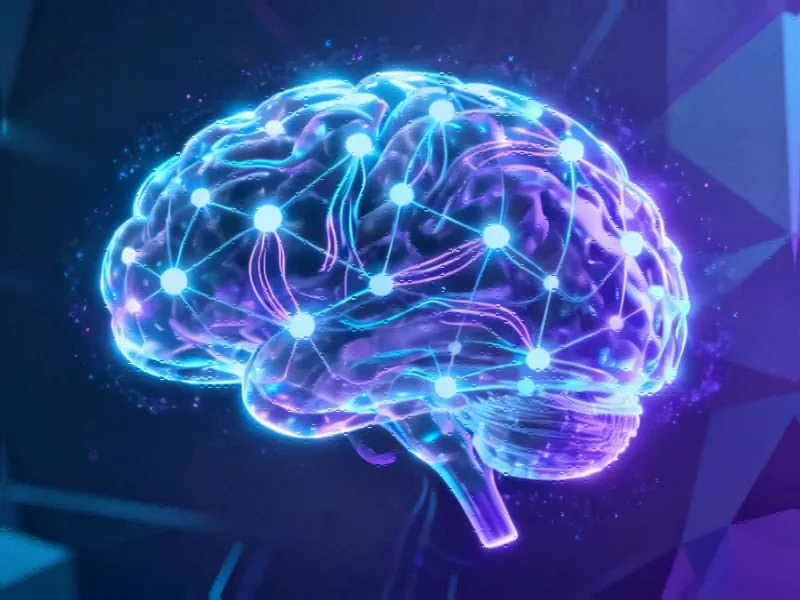The Dual Nature of Plasmacytoid Dendritic Cells in Antiviral Immunity
For decades, immunology has celebrated plasmacytoid dendritic cells (pDCs) as the body’s first line of defense against viral invaders. These specialized immune cells possess the remarkable ability to produce massive quantities of type I and III interferons (IFNs) – powerful antiviral cytokines that orchestrate our immune response. However, emerging research reveals a more complex narrative where these supposedly protective cells may sometimes be redundant or even harmful during viral infections.
The Conventional Wisdom: pDCs as Antiviral Superheroes
The established understanding positions pDCs as essential antiviral defenders. Through the TLR7/9-MYD88-IRF7 signaling pathway, these cells detect viral genetic material and respond by producing all subtypes of type I and III interferons. This rapid interferon production creates an antiviral state in surrounding tissues, inhibiting viral replication and alerting other immune cells to the threat. The critical nature of this pathway is demonstrated by the consequences when it’s disrupted – mutations in TLR7, TLR9, MYD88, or IRF7 genes completely abolish pDC interferon production.
Yet, here lies the first paradox: patients with these mutations survive most viral infections, experiencing significant vulnerability primarily to influenza virus and SARS-CoV-2. This observation challenges the assumption that pDCs are indispensable for antiviral defense across the board. Similar to how recent research challenges essential roles of immune cells, the fundamental understanding of pDC function requires reevaluation.
Contradictory Evidence from Animal Models
Mouse studies have further complicated the picture, revealing that pDC functions vary dramatically depending on the specific virus and genetic background of the animals. In some experimental settings, pDCs demonstrate clear protective benefits, while in others they appear dispensable or even detrimental to the host. These conflicting results highlight the context-dependent nature of pDC biology and the limitations of current research methodologies.
The tools traditionally used to study pDC function – genetic mutations or pharmacological inhibitors – affect multiple cell types beyond pDCs and may produce confounding side effects. This methodological challenge mirrors issues seen in other fields where pathogens evolve to neutralize defense signals, complicating our understanding of host-pathogen interactions.
The Need for Precision Tools in Immunology Research
To unravel the true role of pDCs in antiviral immunity, scientists require methods that specifically target these cells without affecting other immune components. The development of such precision tools represents one of the most pressing challenges in contemporary immunology. As we’ve seen with advancements in controlling quantum systems, precise manipulation of complex systems often reveals unexpected behaviors and relationships.
The quest for specificity in immunological research parallels developments across scientific disciplines. Just as cybersecurity experts work to address vulnerabilities – exemplified by Microsoft’s neutralization of fraudulent certificates – immunologists seek to identify and understand the precise mechanisms that determine whether pDCs will be protective, redundant, or harmful in any given viral infection.
Clinical Implications and Therapeutic Opportunities
The emerging understanding of pDC duality carries significant implications for clinical practice and therapeutic development. If pDCs can indeed exacerbate certain viral infections, strategies to modulate their activity might represent novel treatment approaches. Conversely, enhancing pDC function could benefit patients with specific viral susceptibilities.
This nuanced perspective aligns with broader industry developments in personalized medicine, where therapeutic strategies are increasingly tailored to individual patient characteristics and specific pathogen challenges. The recognition that immune cells can play contrasting roles in different contexts represents a paradigm shift in our understanding of host-pathogen interactions.
Future Directions in pDC Research
Moving forward, researchers must address several critical questions:
- What specific conditions determine whether pDCs will be protective or detrimental?
- How do different viral pathogens manipulate pDC function?
- Can we develop strategies to selectively enhance beneficial pDC functions while suppressing harmful ones?
Answering these questions will require innovative approaches and interdisciplinary collaboration. The field must develop more specific tools for manipulating pDC function and establish better models for studying these cells in physiologically relevant contexts. These research directions reflect related innovations across scientific disciplines aimed at achieving greater precision in understanding and manipulating complex biological systems.
As our comprehension of pDC biology deepens, we may discover that these cells represent a double-edged sword in antiviral immunity – capable of both heroic defense and unintended harm. This complexity underscores the sophisticated nature of our immune system and the continuing need for rigorous, nuanced investigation into its workings.
This article aggregates information from publicly available sources. All trademarks and copyrights belong to their respective owners.
Note: Featured image is for illustrative purposes only and does not represent any specific product, service, or entity mentioned in this article.



